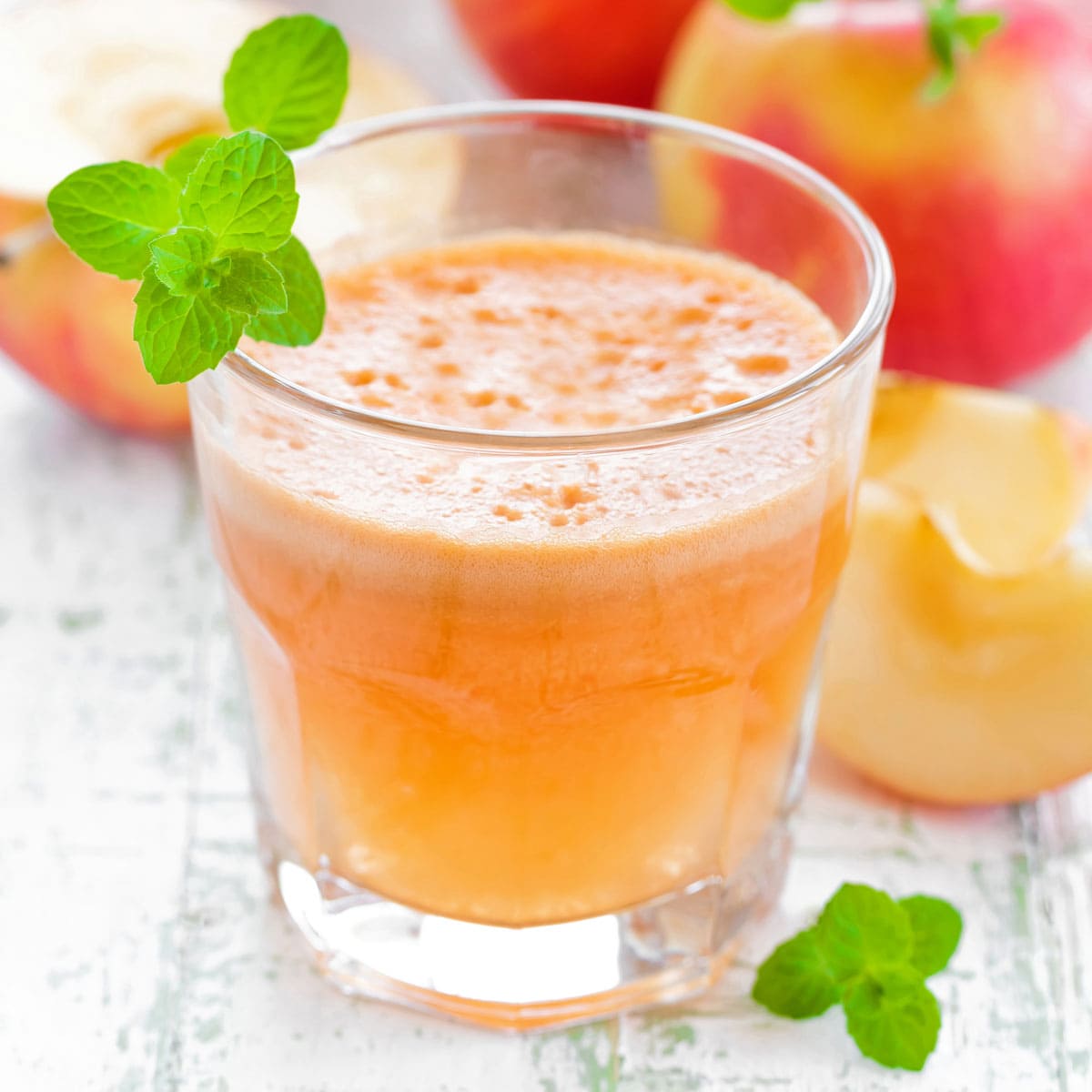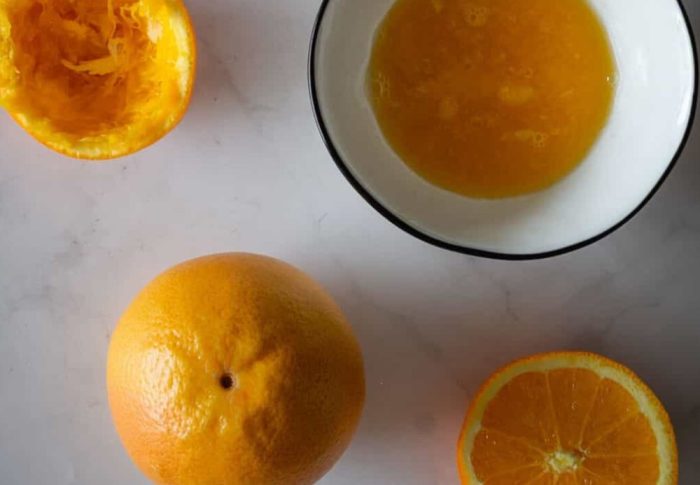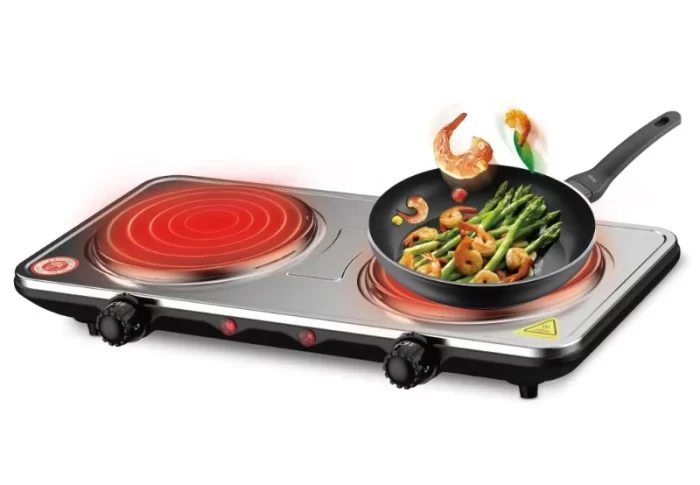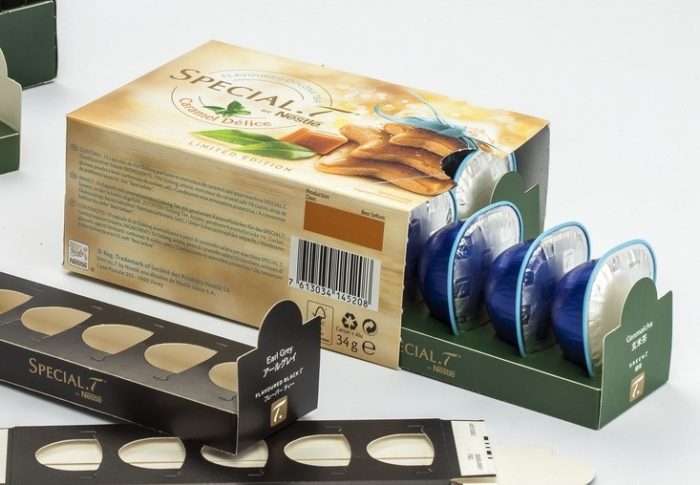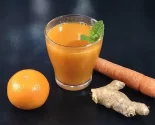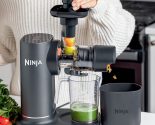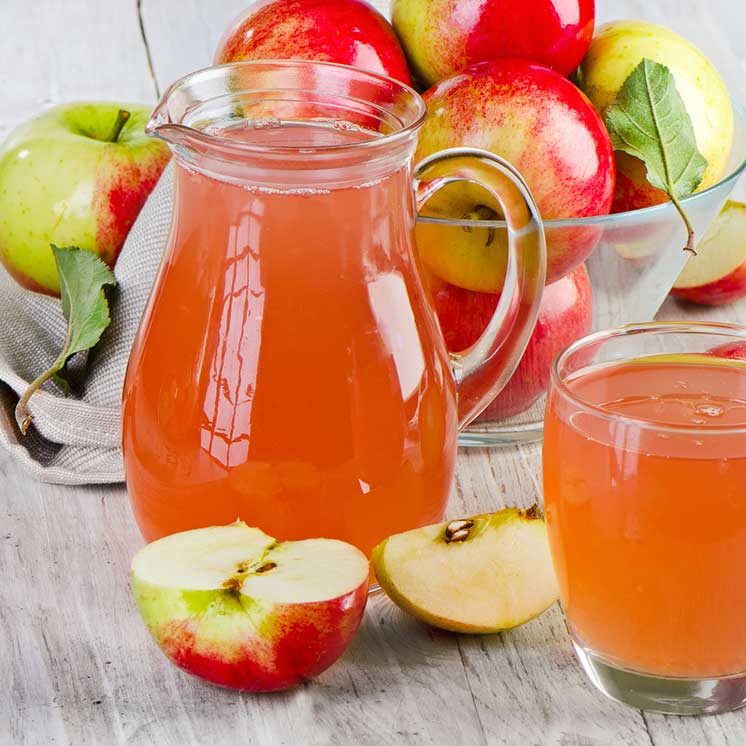
How to Juice Apples with a Juicer?
Juicing apples can be an incredibly rewarding experience. Not only does it allow you to create a refreshing beverage, but it also provides numerous health benefits. Apples are packed with essential vitamins, minerals, and antioxidants. If you’re considering making homemade apple juice, you’ve come to the right place. In this comprehensive guide, we will explore how to juice apples with a juicer in detail, ensuring that you understand the best techniques, equipment, and tips for achieving the most delicious results.
The Benefits of Juicing Apples
Juicing apples offers countless health benefits that can significantly enhance your well-being. Firstly, apples are rich in vitamin C, which is vital for immune function, skin health, and overall vitality. The natural sugars found in apples provide a quick energy boost, making apple juice a fantastic pre- or post-workout beverage.
Another critical component of apples is dietary fiber. While some fiber is lost during the juicing process, many juicers retain a small amount, contributing to digestive health. Furthermore, apples are loaded with antioxidants, particularly quercetin, which has anti-inflammatory properties that may reduce the risk of chronic diseases.
Choosing the Right Apples for Juicing
Varieties of Apples
The type of apple you choose can profoundly affect the flavor and quality of your juice. Different apple varieties have unique sweetness levels, flavor profiles, and acidity levels. Here are some popular apple varieties ideal for juicing:
- Granny Smith: Tart and crisp, Granny Smith apples add a refreshing tang to your juice.
- Fuji: Known for their sweetness and juiciness, Fuji apples are great for creating a sweeter juice.
- Honeycrisp: This variety is sweet, juicy, and incredibly fragrant, making it a favorite among juicers.
- Gala: Gala apples have a mild sweetness, perfect for mixing with other acidic fruits.
Freshness Matters
When selecting apples for juicing, always opt for fresh, firm fruits that show no signs of bruising or decay. Organic apples are recommended to minimize pesticide exposure. Additionally, seasonal apples are typically fresher and more flavorful, enhancing your juice’s overall taste.
Types of Juicers
Centrifugal Juicers
Centrifugal juicers are among the most popular types of juicers available. They work by rapidly spinning the fruit against a sharp blade, separating the juice from the pulp. These juicers are quick and easy to use, making them ideal for beginners. However, they are not as effective at preserving nutrients as other juicer types.
Masticating Juicers
Masticating juicers, or slow juicers, operate at a slower speed and use a single auger to crush and press the fruit. This process yields higher-quality juice with more nutrients and less foam. If you’re serious about juicing and want to maximize health benefits, a masticating juicer is a solid investment.
Twin Gear Juicers
Twin gear juicers utilize two interlocking gears to crush and squeeze the fruit juice out. This method extracts the highest nutrient yield and is typically considered the best option for those intending to juice a variety of fruits and vegetables. However, they can be more expensive and take longer to clean.
Preparing Apples for Juicing
Before you begin juicing apples, proper preparation is essential.
Washing
Start by thoroughly washing the apples in cold water to remove dirt and bacteria. If you’re using non-organic apples, giving them an additional scrub with a vegetable brush can help eliminate pesticide residues.
Cutting and Coring
Although some juicers can handle whole apples, it’s generally a good idea to core and cut your apples into smaller pieces. Remove the seeds, as they contain an element of cyanide in small amounts, which could be harmful if consumed in large quantities. You also want to chop the apples into smaller sections to facilitate smoother juicing.
Peeling (Optional)
Depending on your preference, you may choose to peel the apples. The skin contains many nutrients and antioxidants, but it can also contribute to a more bitter taste. If you opt for peeling, make sure to do it carefully to retain as much of the apple as possible.
Juicing Apples with a Juicer
Step-by-Step Process
Now that you’ve prepared your apples, it’s time to juice them! Here’s a step-by-step breakdown of how to juice apples with a juicer effectively.
Step 1: Set Up Your Juicer
Place your juicer on a clean, flat surface away from the edge of the counter. If it’s a centrifugal or masticating juicer, ensure that all parts are correctly assembled according to the manufacturer’s instructions. Have a container or pitcher ready to collect your juice.
Step 2: Feed the Apples into the Juicer
Begin by placing the apple pieces into the juicer chute one at a time (or several, depending on the muscle of your juicer). If you are utilizing a masticating juicer, gently press the apples into the auger. This technique ensures that the juice is extracted efficiently.
Step 3: Collect the Juice
As the juicer starts to operate, the juice will flow out of the spout into your container. If using a centrifugal juicer, be prepared for pulp to collect separately. In masticating juicers, the pulp is usually ejected from the back end, while the juice exits through the spout.
Step 4: Taste and Adjust
Once you have collected a sufficient amount of juice, give it a taste! Fresh apple juice can be delightful on its own, but you can enhance it by mixing in other fruits or ingredients like ginger, lemon, or even spinach for a nutritious boost.
Step 5: Clean Up
After extracting your juice, make sure to clean all juicer components promptly to prevent any residue from hardening. Most juicers come with cleaning brushes to make maintenance easier.
Enhancing Your Apple Juice Experience
Once you’ve mastered how to juice apples with a juicer, consider experimenting with various recipes and techniques to enhance your experience.
Combining Fruits
Combining different fruits can elevate the flavor of your apple juice. Some excellent additions include:
- Carrots: Adding carrots to your apple juice introduces an earthy sweetness and boosts nutrients like beta-carotene.
- Pineapple: The tropical flavor of pineapple pairs excellently with apples, creating an invigorating juice.
- Ginger: A touch of ginger can add a spicy kick and increase the juice’s health benefits.
Creating Cocktails
Homemade apple juice is a fantastic base for cocktails. Mix it with spirits like vodka or rum for a refreshing twist. You can also incorporate sparkling water for a non-alcoholic, carbonated beverage.
Making Smoothies
If you’re a fan of smoothies, apple juice can be an excellent foundation. Use it instead of water or milk when blending fruits, yogurt, and other ingredients, adding natural sweetness and flavor.
Storing Apple Juice
Immediate Consumption
Freshly juiced apple juice is best consumed immediately to enjoy its maximum flavor and nutritional benefits. However, if you’re unable to drink it right away, you can store it for a short period.
Refrigeration
If storing juice, keep it in an airtight container in the refrigerator. It’s advisable to consume the juice within 24 hours for the best taste and quality. Apple juice can oxidize and lose its nutritional value over time, so try to drink it as soon as you can.
Freezing
For long-term storage, freezing juice is an excellent option. Pour fresh apple juice into ice cube trays or freezer-safe containers, leaving some space for expansion as the liquid freezes. You can thaw individual servings when desired.
 Troubleshooting Common Juicing Issues
Troubleshooting Common Juicing Issues
Even experienced juicers encounter problems from time to time. Here are some common issues and how to address them:
Low Juice Yield
If your juicer is producing a small amount of juice, check the following factors:
- Apple Quality: Ensure your apples are fresh and ripe, as under-ripe apples yield less juice.
- Juicer Type: Consider using a masticating juicer, which typically extracts more juice compared to centrifugal models.
Pulp Accumulation
If you notice excessive pulp accumulation, you may need to adjust the feed rate. Feeding smaller pieces can help prevent clogging and allow for more efficient juice extraction.
Bitterness
If your apple juice tastes bitter, it could be due to:
- Varietal Choice: Avoid using overly tart apples. Opt for a sweeter variety.
- Apple Skin: If using skins, try peeling the apples to eliminate any bitter flavor from the skin.
Foam Production
Foam is a common occurrence in freshly juiced apple juice, particularly with centrifugal juicers. Masticating juicers generally produce less foam. Allowing the juice to settle for a few minutes can help reduce foam before serving.
Conclusion
In conclusion, learning how to juice apples with a juicer can be a delightful journey filled with flavor and health benefits. By selecting the right apples, investing in a suitable juicer, and mastering proper techniques, you can create delicious and nutrient-rich apple juice in the comfort of your home. Whether you choose to enjoy it on its own or experiment with adding other fruits and flavors, homemade apple juice is sure to impress. So roll up your sleeves, pick out some fresh apples, and start juicing your way to health and happiness!

